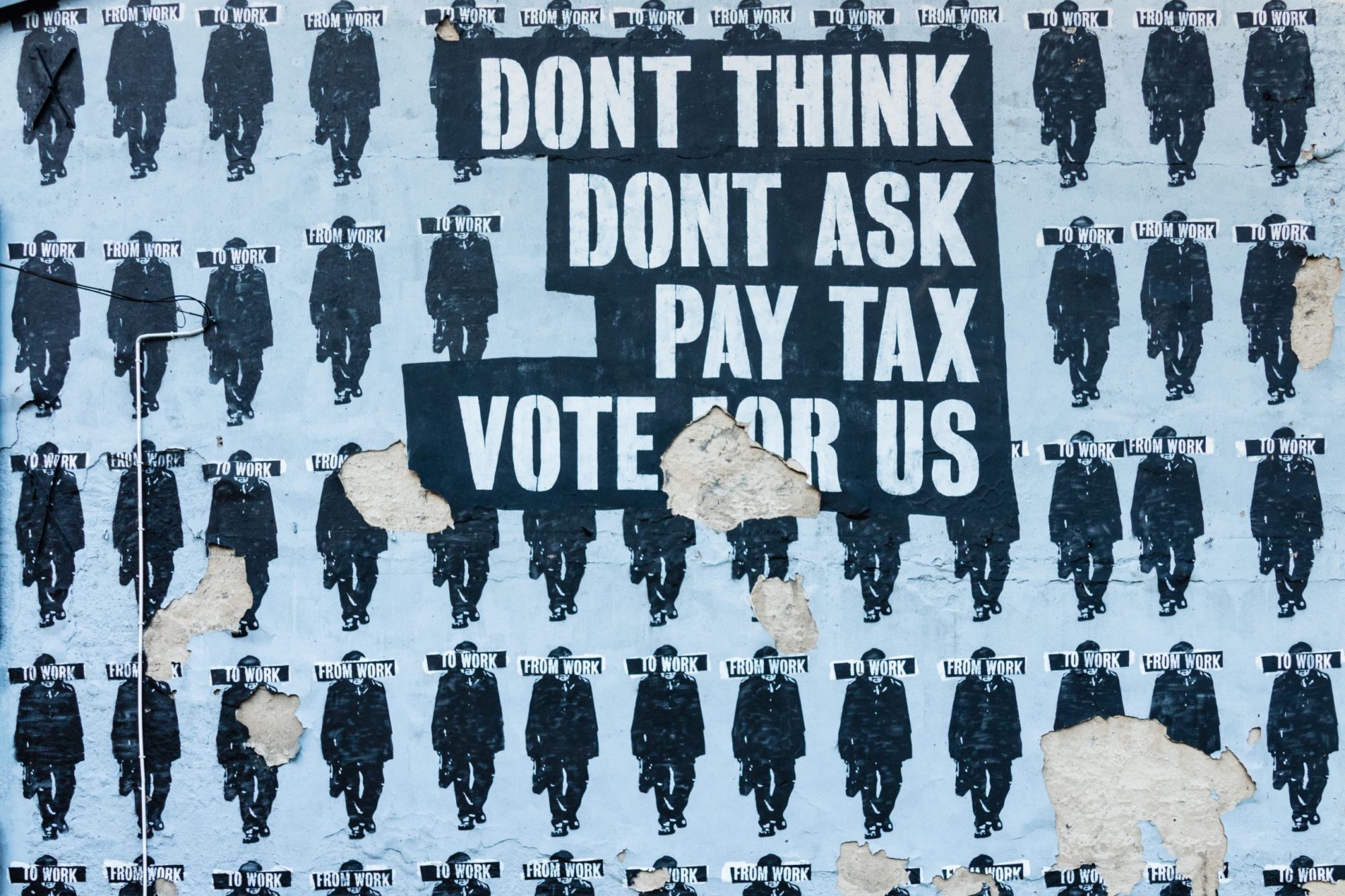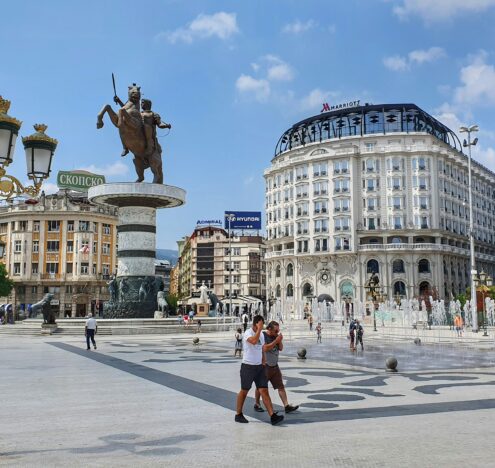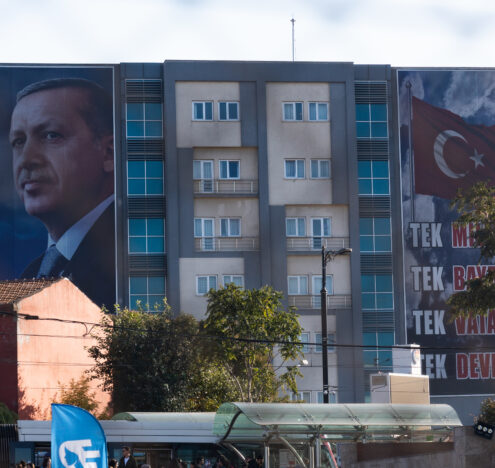This analysis was featured in Critical State, a weekly newsletter from Inkstick Media and The World. Subscribe here.
A whole cottage industry of punditry has sprung up in the last four years to lament and, occasionally, attempt to explain the global rise of illiberalism. There is broad agreement that, in many countries, press freedoms, civil liberties and democratic norms are eroding. What’s less clear is why it is happening in so many places at the same time. In the next two editions of Deep Dive, we’ll look at new research on how policies that restrict civic life spread.
The latest issue of International Studies Quarterly features an article by Marlies Glasius, Jelmer Schalk, and Meta De Lange that investigates the rise of laws that restrict nongovernmental organizations (NGOs), which are often key elements of broader government efforts to repress civil society in a country. Glasius et al. identified two popular theories about how NGO restriction policies become popular among national governments around the world. The first, and probably most obvious explanation is that governments restrict NGOs in response to particular dangers NGOs pose to the government. For example, if a human rights group was about to expose state security force abuses, an illiberal government might pass a law banning the group before it could embarrass the state’s security apparatus. Glasius et al. call that explanation “learning from threats.”
The second explanation relies on governments being at once lazier and more aware of their peers.
The second explanation relies on governments being at once lazier and more aware of their peers. In this explanation, NGO restrictions come not from any specific anti-government action by NGOs, but instead from copying restrictions imposed in other countries in the region. For example, if a hypothetical Jones regime instituted a high fee that NGOs had to pay to be allowed to operate in the country the Joneses governed, a neighboring country might institute a similar fee, just to keep up with… well, you get it. Glasius et al. call this second explanation “learning from examples.”
Using a dataset of legislative restrictions on NGOs from 1992 to 2016, the researchers tested both of the theories against the data. If states were, in fact, learning from threats when instituting NGO restrictions, you might think there would be some correlation between the number of potential threats — that is, the number of NGOs in a country — and the number of restrictions. In reality, there is little correlation. Starting in 1997, the number of NGO restrictions worldwide began to rise at a far faster rate than the number of NGOs, a trend that continues all the way through 2016. What’s more, when the researchers isolated particular threats — mass mobilization in a region — they found that the presence of threats had basically no effect on the number of NGO restrictions in that region.
The existence of NGO restrictions in one country in a region, in contrast, was highly correlated to other countries in the region adopting similar policies, suggesting that states do learn from examples rather than from threats. In fact, in regions where the number of NGOs increased, the likelihood of additional NGO restrictions actually went down.
To demonstrate their theory at work, Glasius et al. pointed out that various NGO restrictions spread quickly across the Middle East, with nearby countries sharing not just policies but actual language in their laws. Bahrain’s Law of Associations, passed in 1989, is essentially a verbatim copy of Egypt’s law from 1964, and Oman’s NGO law, passed in 2000, is strikingly similar to Oman’s. It even repeats a typo in the Bahrain law. Similarly, laws restricting foreign NGO activities in Egypt and Yemen in the early 2000s mandate the exact same procedures for foreign groups hoping to operate in both countries.
Rather than any sort of popular uprising in favor of illiberal policies, the Glasius et al. paper suggests, many illiberal reforms come as a result of states — democratic, autocratic, or somewhere in between — reacting to other states. The state-to-state vector helps explain the mystery of how waves of policies seem to arise out of dramatically different polities.





















